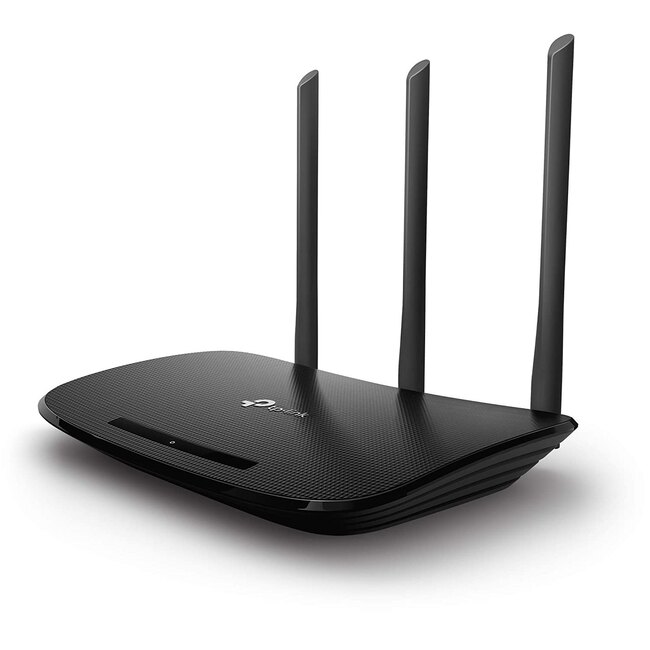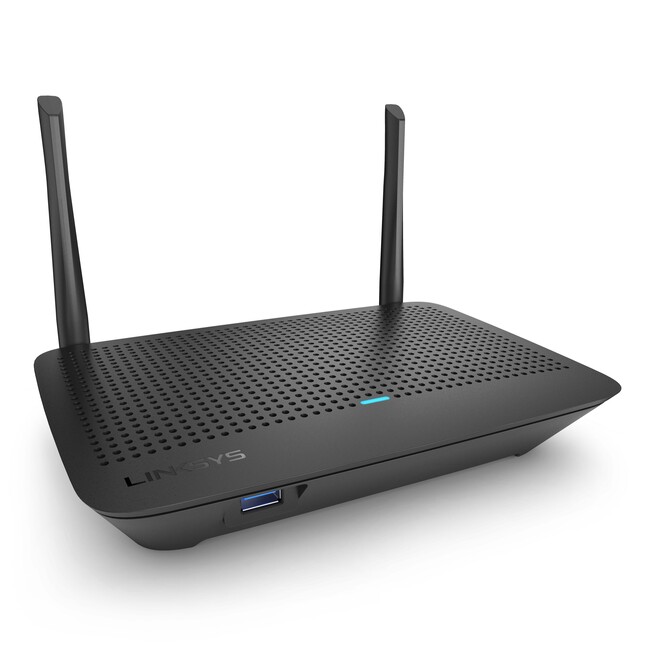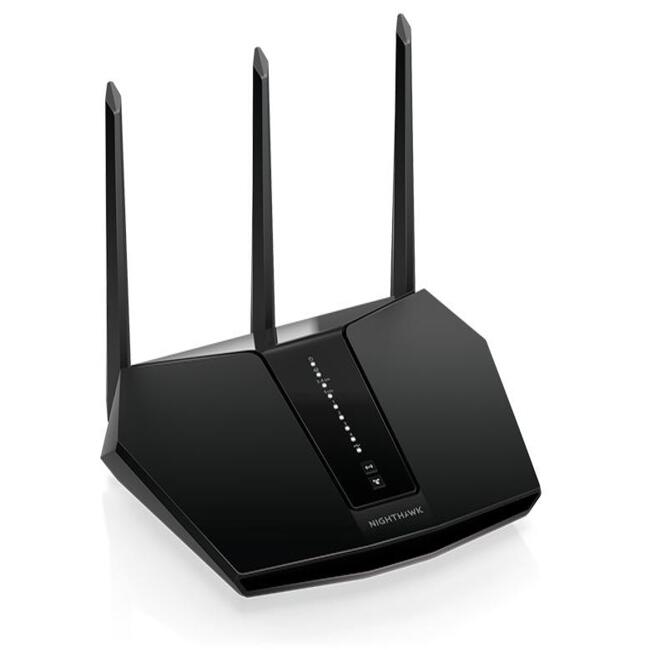Introduction
Find your router passwords can seem challenging at times, but with a few methods, you can retrieve it easily. This guide provides valuable insights into various techniques for finding your router password. Understanding your router’s password is essential for managing your network and ensuring security. In our digital age, we rely heavily on Wi-Fi networks for daily activities. Thus, knowing how to access your router settings is crucial. Here, we will explore different approaches to find your router password, whether through physical inspection, accessing your computer settings, or using online resources.
Common Ways to Find Router Passwords
Find your router passwords often begins with a simple search around your physical environment. Look on the router itself. Most manufacturers label their devices with default login credentials. Therefore, if you haven’t changed the password, you can find it there. The bottom or back side of the router typically displays this information. However, keep in mind that it may vary by brand. Some routers also feature a small sticker with this important data. If you’ve lost that sticker, don’t fret, as other options are available.
Checking the Router Manual
In case you can’t find the default credentials on your router, consider consulting the user manual. This manual often provides necessary instructions for accessing the router. It also outlines default usernames and passwords, which can be helpful. Most manufacturers have their manuals available online or with the device packaging. Simply visit their website, find your model, and download the user manual. Once you have it, look for the section on router access.
Resetting the Router
If you can’t find the router passwords, you can reset the device. Most routers have a small reset button located on the back or bottom. You might need a pin or paperclip to access it. Press and hold the button for about 10-15 seconds. After resetting, the router returns to its factory settings. Consequently, it will restore the default username and password, allowing you to log in. However, this method erases all your personalized settings for your network.

Accessing Your Computer Settings
Another effective way to find your router password is through your computer’s settings. Different operating systems have distinct methods for searching passwords. For instance, Windows users can use the “Network & Internet” settings. Start by clicking the Wi-Fi icon in your system tray. Next, locate the connected network and select “Properties.” After that, do not forget to check the “Security” tab. There, you can reveal the network security key, which is your Wi-Fi password.
Using MacOS
If you are a Mac user, finding your router password is equally straightforward. Open the “Utilities” folder, then click on “Keychain Access.” In the search box, input the name of your Wi-Fi network. Once found, double-click the network name. A pop-up window will appear, and you can check “Show Password.” This option requires you to enter your Mac’s administrator credentials. Once entered, your password will be visible.
Mobile Devices
If you frequently connect to websites using mobile devices, you may also find password details there. For iPhone users, navigate to “Settings,” then select “Wi-Fi.” Tap the “i” next to the network you’re connected to. However, this will not show the password directly. You will need to check your network settings through iCloud Keychain if it’s enabled. Android users can usually find the password by navigating to their connected Wi-Fi network settings. Depending on your model, the process may vary slightly.
Using Online Resources
If all else fails, consider using online resources to gather information. Various websites provide lists of default router passwords for popular brands. For example, you can visit sites like routerpasswords.com or similar. Once there, simply select your router’s brand and model. Doing so will present you with commonly used default passwords. However, be cautious when doing this. Ensure that you’re accessing reputable websites to avoid incorrect information.
Manufacturer Support Websites
Most router manufacturers have extensive support resources available on their websites. You can find troubleshooting steps, FAQs, and even customer service options. These resources often include information about retrieving or resetting your password. By visiting these sites, you can ensure that you are receiving accurate data. Additionally, some manufacturers provide chat support, allowing you to ask questions directly. This direct communication can expedite solving your password issues.
Community Forums
Another valuable online resource is community forums related to technology and networking. Platforms like Reddit or Tom’s Hardware have active discussions on router-related issues. Many users share their experiences and solutions to common problems. You can browse these forums or ask specific questions. Individuals knowledgeable about routers can assist you in discovering your password. Remember to exercise caution when reading advice on these forums. Always verify your sources before following any given steps.

Network Security Considerations
Understanding your router password isn’t just about access; it’s also about network security. Ensuring that your network is secure can help prevent unauthorized access. This is especially important if you live in a densely populated area. Change your router’s default password immediately after accessing it for the first time. Weak default passwords can compromise your security significantly. Use a complex password with a combination of letters, numbers, and symbols for better protection.
Regular Updates
Another integral aspect of network security is updating your router firmware. Manufacturers regularly release firmware updates to patch vulnerabilities. Make it a practice to check for updates periodically. Usually, you can find this option in the router’s settings under the “Firmware Update” or “Administration” section. Keeping your firmware up-to-date will help safeguard your network against unknown threats.
Using Guest Networks
Consider setting up a guest network, especially if you have visitors frequently connecting to your Wi-Fi. This network creates a separate access point for guests. It ensures that they do not have access to your main network. Additionally, be sure to set a unique password for the guest network, which should differ from your primary one.

Final Thoughts
In summary, there are multiple ways to find your router password. From checking the device itself to consulting your computer settings, numerous methods exist. It’s also crucial to ensure that your network remains secure by changing the default password. By knowing how to locate your router password and applying sound security practices, you can maintain a safe and reliable internet connection.
Routine Maintenance
Additionally, make it a habit to perform routine maintenance checks on your network. This practice includes reviewing connected devices and ensuring that only desired users have access. Regularly monitoring your network helps identify unusual activity. Taking these steps will empower you to manage your Wi-Fi network efficiently, allowing for a smooth user experience.
Being Proactive
Lastly, being proactive about your network management can significantly enhance your experience. Setting a reminder to change your passwords periodically can mitigate security risks. Moreover, familiarize yourself with your router’s features and settings. Knowing how to navigate your router settings effectively will make troubleshooting issues much easier in the long run. Take control of your home network by educating yourself on these essential aspects.
By using these comprehensive methods and following best practices, you will enhance your understanding of router security. More importantly, you’ll gain confidence in managing your home network. Ultimately, a secure and efficient network brings peace of mind as you work, stream, and connect online.

Leave a Reply